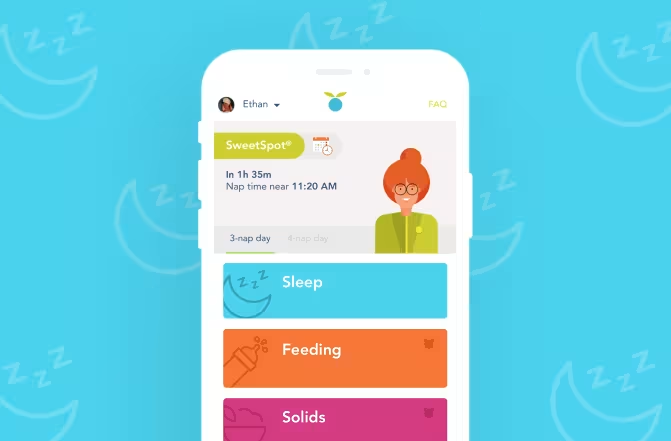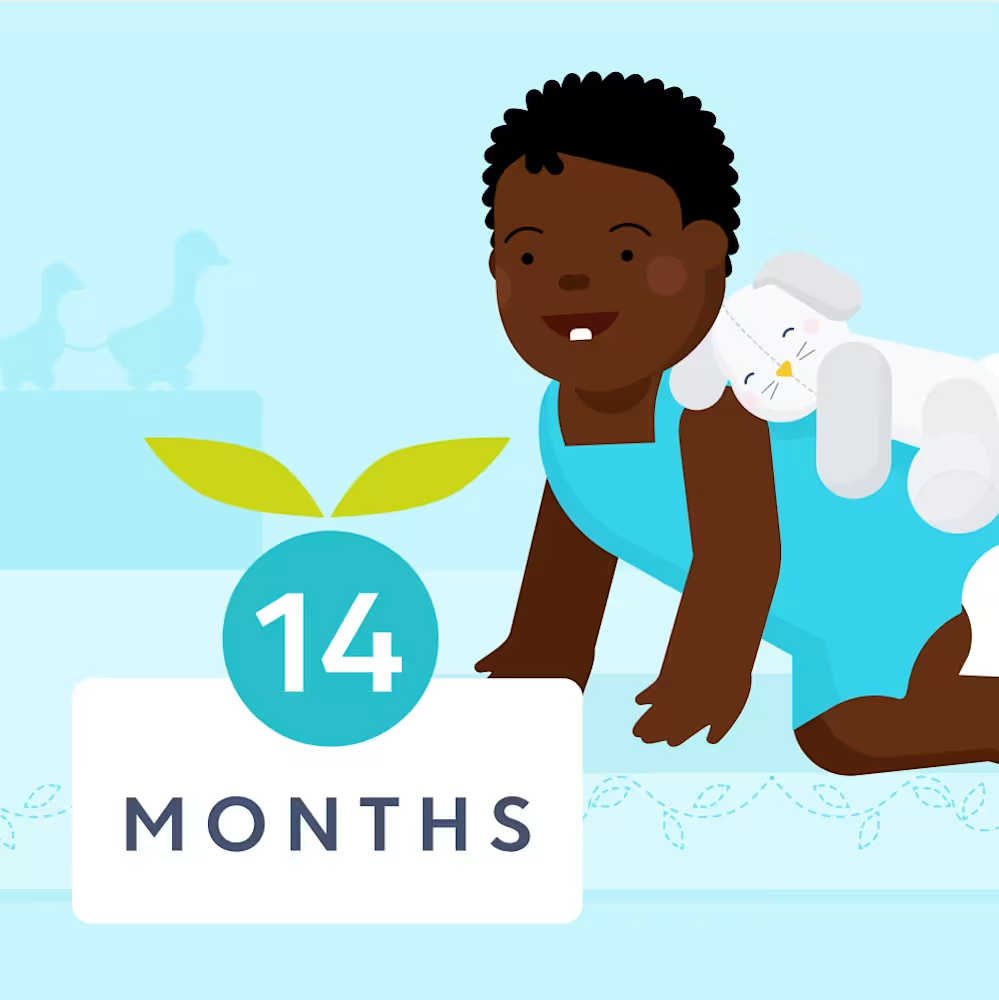What age should kids stop napping?
Updated Oct 16, 2025

You may be asking yourself, "When do children stop napping?" Truthfully, there's no hard and fast rule. Typically between the ages of 3 to 4, little ones stop needing as much daytime sleep and will drop their last nap. Some children require a short nap for a little longer, occasionally until the age of 5. Others will be ready to drop their last nap closer to 2.5 years of age.
You’ll need to pay close attention to your little ones and their cues. Dropping this last nap too early can lead to overtiredness so we recommend taking a gradual approach to ensure they’re ready. Read on to find out signs your child is ready to stop napping, napping behavior by age, and how you can help your child through this transition.
Table of Contents
Does my toddler still need naps?
Dropping naps is common from about 3 to 4 years old. But toddlers as young as 2.5 years old and kiddos as old as 5 years old may nap as well.
Dropping naps at a glance
2.5 years - rare
3 years - common
4 years - common
5 years - very common
What are the signs your child is ready to stop napping?
1. Skipping naps
You may notice that your child has started skipping naps. Perhaps the lunchtime nap has become a bit of a battleground in your household. This will turn into a consistent pattern rather than the 2 year old sleep regression where nap skipping is more of a phase and they’re not quite ready to drop them yet.
2. Early morning waking
They may start waking up early. It’s possible they’ve had all the sleep they need when combining their long nap with nighttime sleep. If early waking is a new thing and happens a few days in a row, it may signal change is coming.
3. Sleeping less than ten hours at night
They may be getting enough rest from their day nap that their night sleep shortens to less than 10 hours.
4. Naps get later in the afternoon
If they do try to nap, they may struggle to fall asleep easily, lying awake for a long time or not falling asleep at all.
5. Taking longer to fall asleep at night
If they have napped, they may find it much harder to fall asleep at night. They now need a longer wake window (6 - 7 hours) between waking from their lunchtime nap and being tired enough to fall asleep again.
When do kids still need naps?
You may ask yourself, "when do kids drop naps?" or "when does napping stop?" as well! Napping for little ones is very common and expected. It helps with development and health and has so many benefits. Most children need naps up until 3 to 4 years of age. While there isn't a definite stopping point, some kiddos may nap occasionally to 5 years of age.
Kids’ napping behavior by age
Typically by the age of 3 to 4 months most babies will fall into a pattern of having three to four naps a day. They’ll drop their afternoon nap to have two naps about 7 - 9 months of age and then lose that morning nap to just have one nap by around 14 - 18 months.
The final change is the move to no naps at all. Typically most children have dropped their last nap of the day by the age of 3 to 4 although there really is a wide range here and some children will still have a daytime nap occasionally up to the age of 5.
How to help your kid stop napping during the day?
Reducing their nap time gradually
If they have been used to longer napping, like a 90-minute to 2-hour lunch nap, and they’ve started waking a little earlier then follow their lead. If they’re still sleeping during the day but taking longer to fall asleep at night then try capping their lunch nap. Cut it back by 10 - 15 minutes every 3 - 4 days to see if you can find a better harmony between nap length and bedtime sleep.
Swap a nap for quiet time
On days when they stay awake and skip naps, try replacing nap time with quiet time. Preferably keep this in their room in dim light. This offers them the chance to fall asleep if they need to. Read some books or play a quiet game. Try to avoid screen time. If they don’t sleep then this gives them the ability to rest and recuperate a little before going into the afternoon stretch. Plan quiet time for exactly the same time as they used to take their nap as their energy levels will still naturally dip at this point.
Bring bedtime earlier
On days when they haven’t napped, bring dinner and the start of the bedtime routine forward a little to ensure they don’t get overtired. It also helps to ensure they get enough nighttime sleep, we’re aiming for about 12 hours on no-nap days.
Manage your expectations
For those who love a schedule and the quiet time, we get when they nap this may be lost. Some days they’ll nap, others not and it may be a tough and bumpy ride for a little bit. Try to be flexible and go with the change, taking cues from your child and their energy levels on a day-to-day basis.
What should parents expect when reducing their kids’ naps?
High emotions
It’s hard managing the rollercoaster of emotions of a pre-schooler, but even harder when we throw in less sleep, tiredness, and schedule changes.
Wakefulness at night
If they have napped then it may take them a little longer falling asleep at night than usual. Some children will manage this well, but others may become restless and play up a little in their crib or bed. Note that most children will need at least 5 - 6 hours of awake time in between their nap and bedtime in order to be sufficiently tired.
Bedtime gets earlier
As their naps eventually leave them, their bedtime will need to come a little earlier to try and ensure they get a good 12 hours of sleep at nighttime. You may need to shift around the family routine a little to suit this transition.
Period of change
This last nap transition may go on for a few weeks. If you’re unsure whether they’re ready then you can always try removing the nap for a week or two to see if they can make the adjustment. Don’t hesitate to bring bedtime forwards on a no-nap day during the transition period. It’s common for children this age to need two naps just once or twice a week (like an afternoon nap) until they fully adjust to staying awake for longer periods.
The need for down-time
Try and schedule some quiet time and quiet play during the day at the point in which they would have napped in the past. They’re still likely to have a low point in their energy levels here.
Takeaway
Sometimes this last nap transition can take a while and can get a little messy in places. Continue to ‘protect’ their nap time. If they want to nap, great, if not, then have an hour's quiet time in their room if possible. Keep offering them the opportunity to nap and rest. If they skip this nap every day for a couple of weeks in a row then it’s a good sign they’re ready to give up naps completely.
FAQ about what age should kids stop napping
Share article:
Note: The content on this site is for informational purposes only and should not replace medical advice from your doctor, pediatrician, or medical professional. If you have questions or concerns, you should contact a medical professional.
Table of Contents
Share article:







